Lingying Huang
$S^2$NeRF: Privacy-preserving Training Framework for NeRF
Sep 03, 2024Abstract:Neural Radiance Fields (NeRF) have revolutionized 3D computer vision and graphics, facilitating novel view synthesis and influencing sectors like extended reality and e-commerce. However, NeRF's dependence on extensive data collection, including sensitive scene image data, introduces significant privacy risks when users upload this data for model training. To address this concern, we first propose SplitNeRF, a training framework that incorporates split learning (SL) techniques to enable privacy-preserving collaborative model training between clients and servers without sharing local data. Despite its benefits, we identify vulnerabilities in SplitNeRF by developing two attack methods, Surrogate Model Attack and Scene-aided Surrogate Model Attack, which exploit the shared gradient data and a few leaked scene images to reconstruct private scene information. To counter these threats, we introduce $S^2$NeRF, secure SplitNeRF that integrates effective defense mechanisms. By introducing decaying noise related to the gradient norm into the shared gradient information, $S^2$NeRF preserves privacy while maintaining a high utility of the NeRF model. Our extensive evaluations across multiple datasets demonstrate the effectiveness of $S^2$NeRF against privacy breaches, confirming its viability for secure NeRF training in sensitive applications.
Distributed Average Consensus via Noisy and Non-Coherent Over-the-Air Aggregation
Mar 11, 2024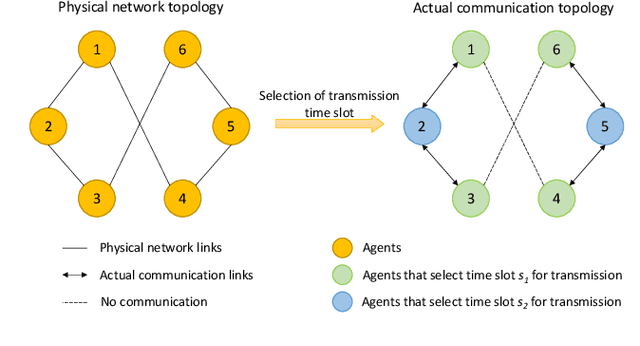
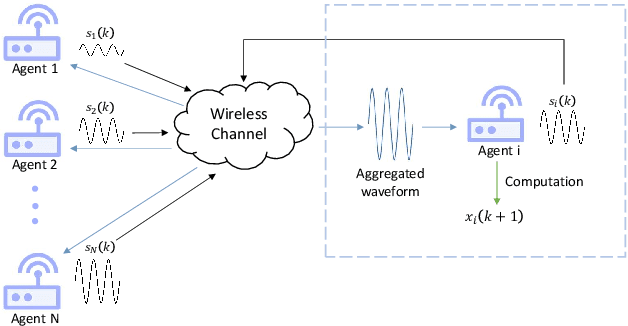
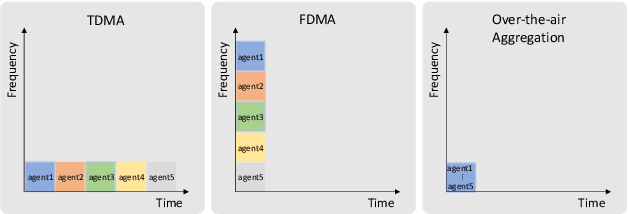
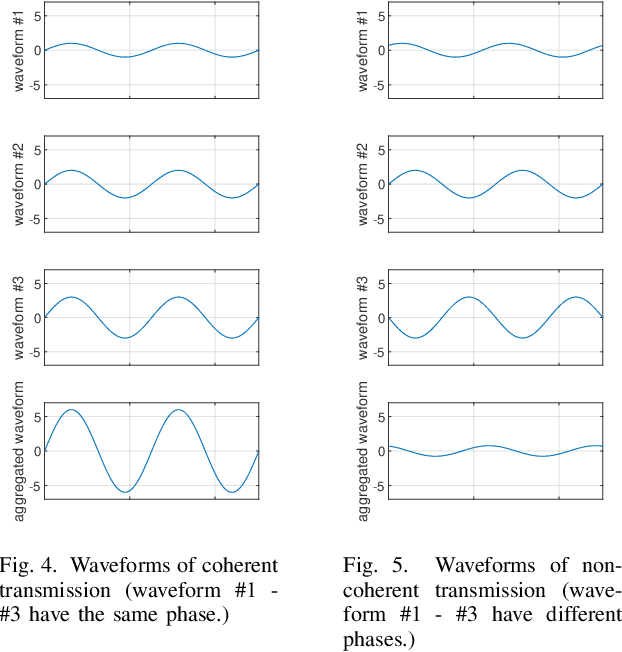
Abstract:Over-the-air aggregation has attracted widespread attention for its potential advantages in task-oriented applications, such as distributed sensing, learning, and consensus. In this paper, we develop a communication-efficient distributed average consensus protocol by utilizing over-the-air aggregation, which exploits the superposition property of wireless channels rather than combat it. Noisy channels and non-coherent transmission are taken into account, and only half-duplex transceivers are required. We prove that the system can achieve average consensus in mean square and even almost surely under the proposed protocol. Furthermore, we extend the analysis to the scenarios with time-varying topology. Numerical simulation shows the effectiveness of the proposed protocol.
Over-the-air Federated Policy Gradient
Oct 25, 2023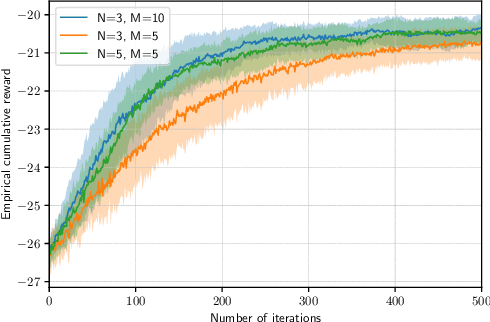
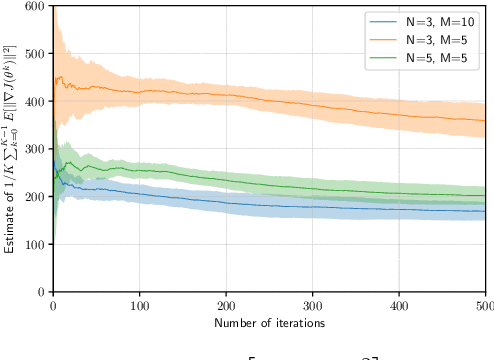
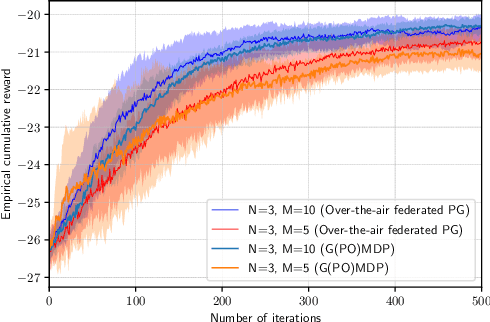
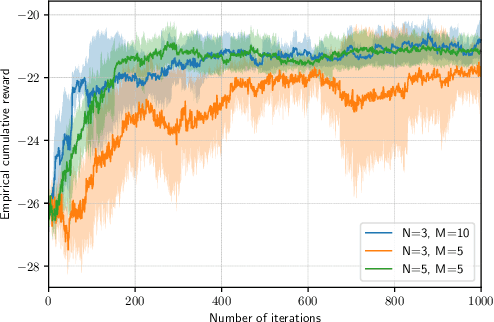
Abstract:In recent years, over-the-air aggregation has been widely considered in large-scale distributed learning, optimization, and sensing. In this paper, we propose the over-the-air federated policy gradient algorithm, where all agents simultaneously broadcast an analog signal carrying local information to a common wireless channel, and a central controller uses the received aggregated waveform to update the policy parameters. We investigate the effect of noise and channel distortion on the convergence of the proposed algorithm, and establish the complexities of communication and sampling for finding an $\epsilon$-approximate stationary point. Finally, we present some simulation results to show the effectiveness of the algorithm.
Branch and Bound in Mixed Integer Linear Programming Problems: A Survey of Techniques and Trends
Nov 05, 2021

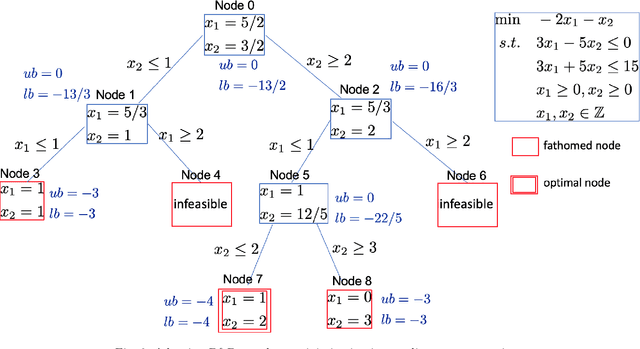
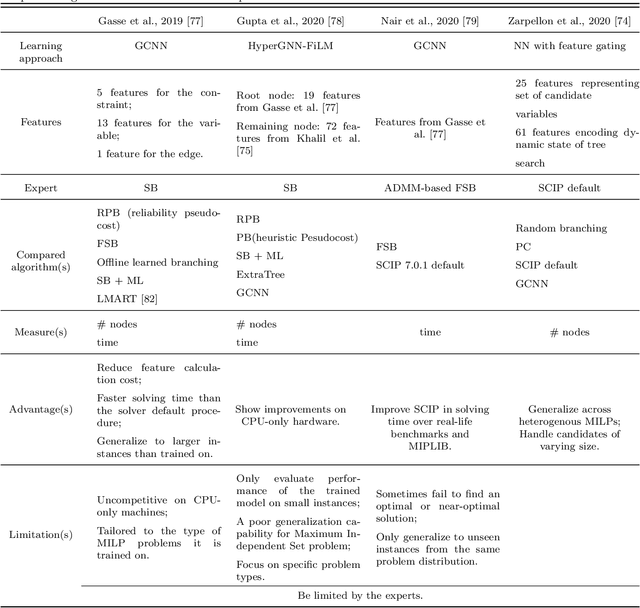
Abstract:In this paper, we surveyed the existing literature studying different approaches and algorithms for the four critical components in the general branch and bound (B&B) algorithm, namely, branching variable selection, node selection, node pruning, and cutting-plane selection. However, the complexity of the B&B algorithm always grows exponentially with respect to the increase of the decision variable dimensions. In order to improve the speed of B&B algorithms, learning techniques have been introduced in this algorithm recently. We further surveyed how machine learning can be used to improve the four critical components in B&B algorithms. In general, a supervised learning method helps to generate a policy that mimics an expert but significantly improves the speed. An unsupervised learning method helps choose different methods based on the features. In addition, models trained with reinforcement learning can beat the expert policy, given enough training and a supervised initialization. Detailed comparisons between different algorithms have been summarized in our survey. Finally, we discussed some future research directions to accelerate and improve the algorithms further in the literature.
 Add to Chrome
Add to Chrome Add to Firefox
Add to Firefox Add to Edge
Add to Edge